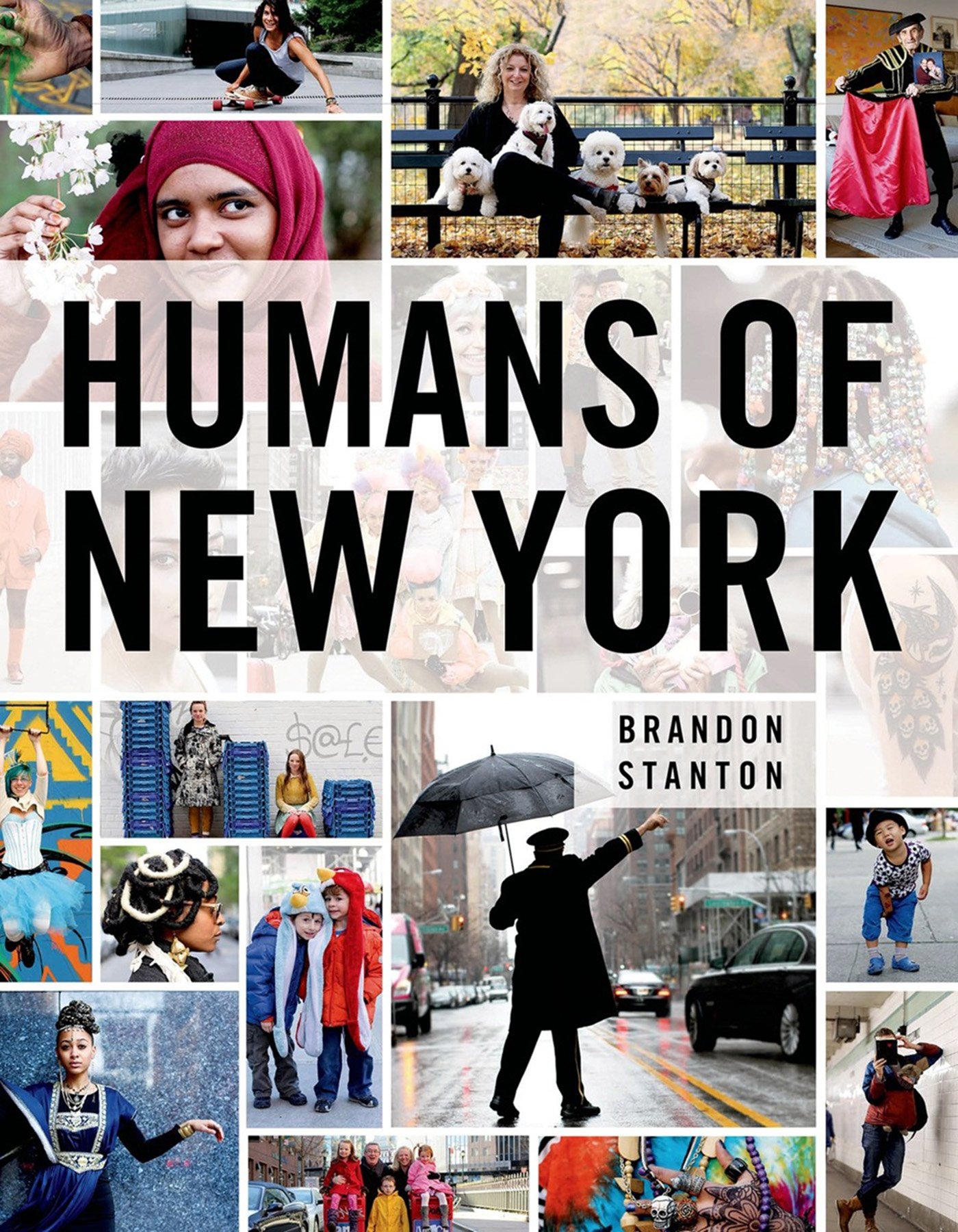This is not a coffee table book. It looks like one, but it’s
not. It is a masterfully simple summary of modern human experience and the current
evolutionary status of homo sapiens in photos and short stories. It is not a
coffee table book in that it ought to be taken seriously and read in earnest by
all serious readers. But I guess in one sense it IS a coffee table book in that
it ought to be, and can easily be, read by anyone no matter how much they
normally read.
I have to admit, I was surprised at how gorgeous-ugly-provocative
it all turned out to be. Searching might even be a good word for how it works
on the reader. You can’t read it all through in one setting—or maybe you can,
but shouldn’t. You have to put it down to digest, and keep coming back. Otherwise,
you miss it. I was moved to tears several times. It’s not that the entire thing
is profound. Rather, it was a perfect blend of the trivial and mundane,
hysterical and hilarious, trite and bizarre, insane and beautiful, horrific and
courageous, and sickening and inspiring qualities that make up the still-undefined
and open-ended question of what it means to be human. I was actually surprised
at how finely tuned its poetry and portraiture was. I don’t know how Stanton
does it so well. I imagine that it’s not as easy as it looks. I doubt that even
10% of his interviews or portraits made it to print. It couldn’t have. Every
line seemed surgically cut and pasted with tweezers, needles, and magnifying
glass to give the impression of effortless storytelling and to get the letting-life-tell-its-own-tale
look so precisely. I found myself reading out-loud to my family, sending people
texts of some of the pictures and stories, and planning to use it for group
discussions.
Stanton doesn’t force the stories to paint the loveliest
picture of life at any cost. His humans come across as hopeless, depressed,
evil, and oozing with tar and darkness. But they also come across as
courageous, loving, pure, hopeful beings of light. There’s something in the
book to sicken even the most optimistic; but other things to fill even the most
nihilistic with joy. The unresolved dilemma of human meaning might be one of
the most unsettling features of the work. Reading it, we’re not sure if
humanity is a good thing or a bad thing. This is where Stanton is genius. He offers
no solutions. He lets it play out. All the loveliness and horror do their own
work in each reader. No doubt he believes that the light will prevail against
the dark, but the conflict is real and at times very disheartening. I still can’t
shake the memory of the guy who said that he had to get used to spending life alone
because he was obese, relating that his first few therapy sessions were filled
only with crying. Or the principal who made each of her students stand up in
school while she told them one by one they mattered. Or the boy who said that
he’ll always remember the day when no one showed up to his 10th
Birthday party. Or the old woman who cheerfully noted that today there were
ducks instead of pigeons eating the bread she threw.
The book runs through the dizzying spectrum of human
emotions in all their colors and shades; and we’re left feeling a rich, deep,
wounded, but purposeful sort of acknowledgement of the value and vicissitudes
of life. It’s as if Stanton is documenting our joys and pains and saying from
his individual but validating presence and work, “I see you, and your
experience if valid.”
Or something like that. Or maybe his message is something
more like, “You’re not alone.” I’m reminded of Robert Frost’s Question:
A voice said, Look me in the stars
And tell me truly, men of earth,
If all the soul-and-body scars
Were not too much to pay for birth.
Somehow Stanton’s work leaves us with an impression that
the scars aren’t too much to pay for birth. Not by a long shot.

